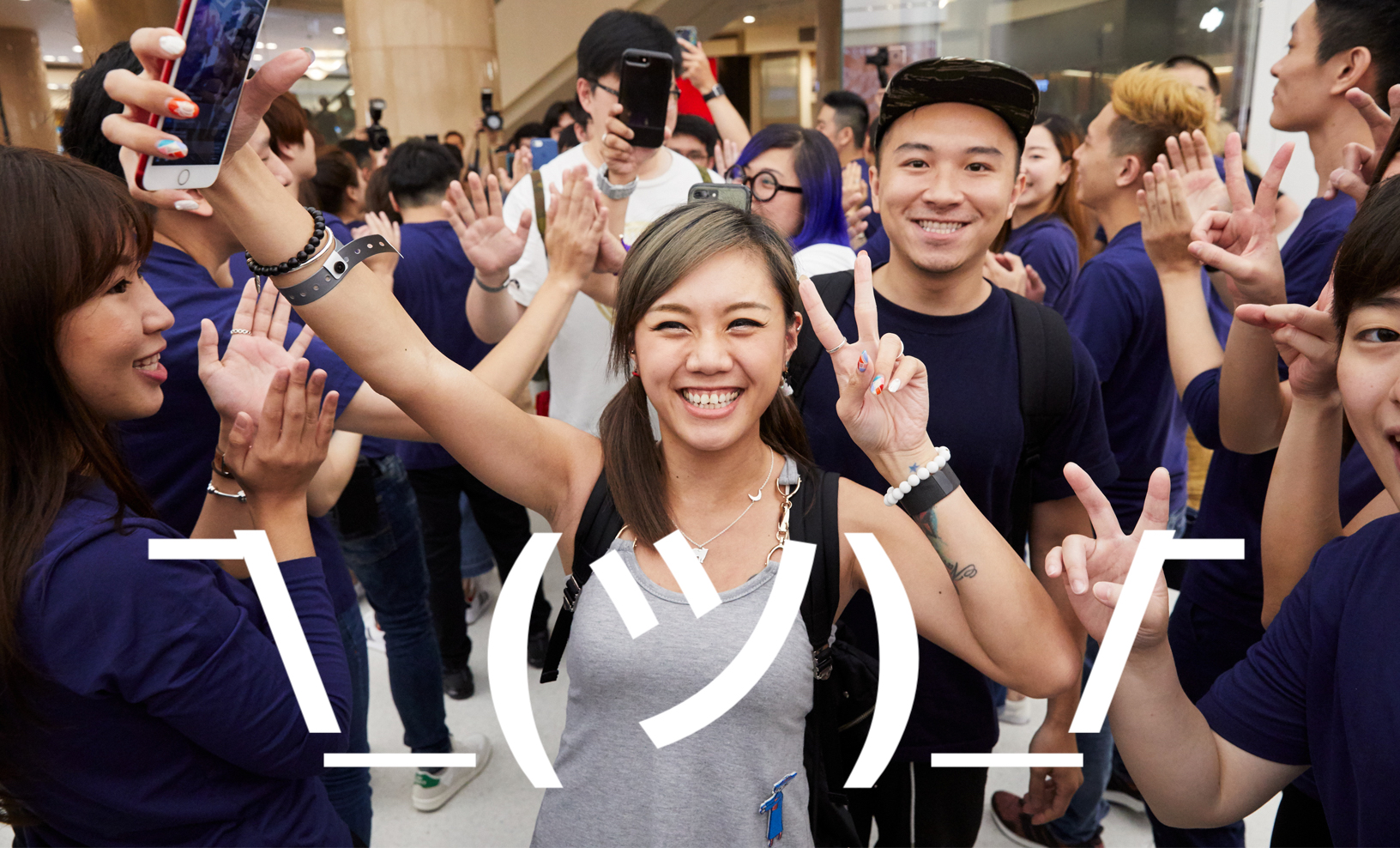What is 5G Advanced and why is it coming to iPhone?

They say it’s an evolution towards 6G and is supported in a next generation Qualcomm modem Apple allegedly intends to pop inside next year’s highest end iPhone 16 Pros. While we don’t know if the claim is true or false, it is worth learning what it means.
What is being claimed?
A MacRumors report claims Qualcomm’s upcoming Snapdragon X75 modem is faster, more power-efficient and supports both mmWave and sub-6GHz 5G coverage on one transceiver. That means it reduces battery draw by 20% and also occupies about 25% less space than the current modem in the iPhone. It is also a smart modem that uses a feature called carrier aggregation to increase data speeds and capacity. It’s thought the modem will only be popped inside iPhone 16 Pro models as Apple continues to reinforce the distinction between its iPhone brands. But one thing the modem offers is support for 5G Advanced, which is described as an “evolution toward 6G”.
What is 5G Advanced?
While most big names in the network tech space have their own definition, the industry association for this part of tech, the GSMA (Global System for Mobile Communications Association) defined 5G Advanced this way:
5G Advanced is evolved to deliver on three primary aims: performance improvements, better management and greater efficiency, and enhancement for specific use cases.
The core here is IoT support, but the standard also aims to meet the networking needs of connected transport, and next-generation immersive applications, such as Augmented and Mixed Reality. This is what they say:
“5G-Advanced will provide all kinds of smart connectivity, including services that focus on uplink communication and connect people moving at high velocities, such as those on trains and on planes. 5G-Advanced will also efficiently support highly immersive and interactive applications, which will be widely deployed in the entertainment, training and education sectors.”
Ericsson puts it this way:
“With AI/ML as a key component, in addition to other technologies, 5G Advanced systems will enable support for cutting-edge technologies such as extended reality (XR) and reduced capability (RedCap) devices, while enhancing network energy efficiency.”
What does this mean?
“5G-Advanced will profoundly transform what you can achieve with your network. AI/ML data collection and analytics coupled with introducing AI/ML technologies in CORE, RAN and network management is expected to bring many benefits, vital new levels of energy efficiency among them.”
There are some primary enhancements the tech may bring, these focus on these areas:
- Extended reality – think about ambient information you encounter on your travels, such as when wearing AR goggles and learning about your surroundings. More.
- Network intelligence: Consider endpoints. At present these know what you are doing, but 5G Advanced brings in date on where you are doing it and when. More.
- Coverage improvements: Complex connectivity challenges 5G Advanced hopes to resolve include figuring out how to keep planes, trains, automobiles and other moving entities connected well. That’s particularly relevant to private 5G networks in industry, as well as to people in a car, by the way.
- Really clever things: Note these terms and consider their implications in your business and your life: automation, network slicing, energy efficiency. (Once again I like Nokia’s in-depth explanation to this).
The idea behind all of this is not only that connections will be higher bandwidth and more stable, but also that they become far more intelligent and secure. Network slicing, in particular, is emerging to be an essential in connected industry, as it enables both the privacy/security required for such operations at the same time as delivering high quality of service standards.
What this means for Apple?
As Apple devices become increasingly widely used across every walk of life, it makes sense for the compaby to ensuire its mobile systems can deliver applications across eveyr part of life, including across business and industry.
While we remain on the network tech hypecycle, there’s little doubt these new technologiues will transform connectivity in quite subtle ways.
For most of us, it comes down to better bandwidth and improved battery life, but for some of us it enables connected business systems most larger corporations are already investing in.
The Port of Antwerp’s Orange Business supplied private 5G network is quite a good example of where this is going. I also believe there are implications in satellite-based communications.
Nokia has a white paper here.
But for Apple, this is a case in which it is getting deeply involved in the tech that will drive the next generation networks, even as it continues to invest in satellite and 6G networking.
Please follow me on Mastodon, or join me in the AppleHolic’s bar & grill and Apple Discussions groups on MeWe.




